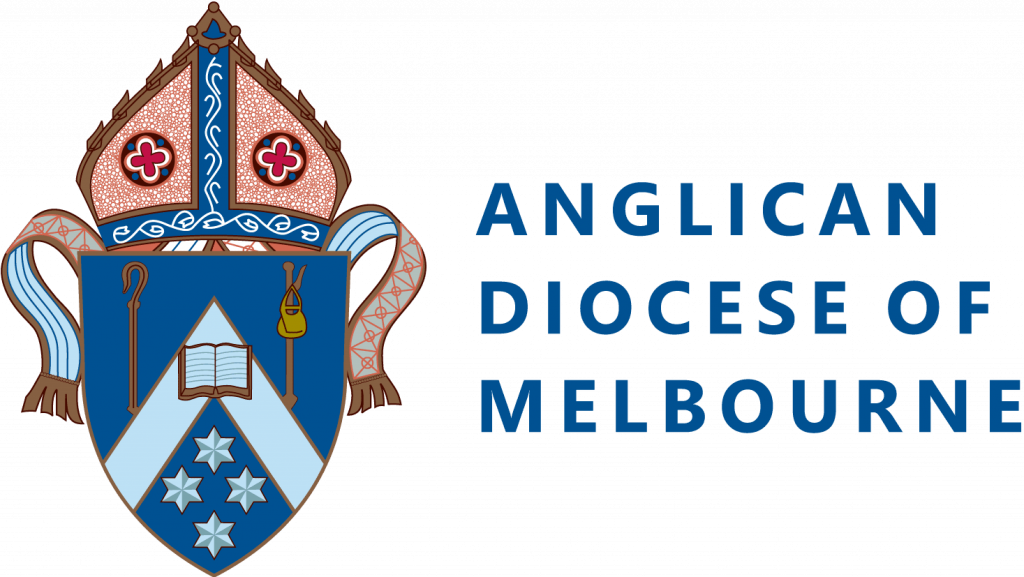18 October 1835 – A Prayer Book service is recorded as having been read for the first time on the settlement of Melbourne.
30 April 1837 – First service by an ordained clergyman of the Church of England, the Revd J B Naylor or Hobart.
Easter 1837 – William Grant Broughton, first and only Bishop of Australia, visits the new community of Melbourne.
September 1838 – First resident minister, Revd J C Grylls, appointed.
November 9 1838 – Foundation stone laid for St James, Melbourne’s first church.
1843 – Bishop Broughton visits Melbourne and Geelong and recognises a need for their own bishop.
1846 – First Bishop of Melbourne, Charles Perry, appointed.
1847 – Charles Perry consecrated Bishop in Westminster Abbey, and Royal Letters Patent of 25 June create the See of Melbourne.
1850 – Bishop Perry convenes a conference of clergy and lay people from parishes to consider the future organisation of the diocese.
1851 – The discovery of gold brings enormous disruption and then growth to the colony and diocese. Melbourne’s population grows from 23,000 to 141,000 by 1861. State aid enables basic pastoral ministrations due to clergy and building shortages.
1860 – Lay support for church schools diminishes over the next decade.
1870 – State aid to religion finally withdrawn, with two major concessions: a five year phasing out period, and the right to dispose of the original Crown grants.
1873 – The Church Assembly authorises the establishment of the diocese of Ballarat.
1869 – Plans prepared for a cathedral and a chapter.
1870 – Foundation stone laid for Trinity College.
13 April 1880 – Foundation stone laid for St Paul’s Cathedral, after site is chosen by Bishop James Moorhouse.
22 January 1891 – Cathedral completed and consecrated.
1901 – Archdeaconries of Sandhurst, Beechworth, and dioceses of Wangaratta, Bendigo and Gippsland created.
Circa 1892 – Formation of Church Missionary Association, and Mission to the Streets and Lanes.
1904 – St John’s College opened.
1910 – Ridley College opened.
1920 – Bishop Harrington Clare Lees is the first Bishop to use the medium of radio effectively. His episcopate coincides with a decade of post-war community optimism.
1925 – Tower and spires are added to St Paul’s Cathedral, and successful church planting continues in Melbourne and Geelong.
1931 – Brotherhood of St Laurence founded.
Circa 1930s – Bishop Frederick Waldegrave Head supports moves to secure a constitution for the Australian Church.
1930 and 1938 – Bishop Head joins other Protestant leaders in campaigning unsuccessfully for a yes vote in prohibition referenda.
1950s – A survey of the Diocese indicates potential growth areas and under Archdeacon Geffrey Sambell a diocesan ‘Forward Move’ is launched, leading to increases in expenditure on clergy training, new parishes and hospital and institutional chaplaincies.
1955 – General Synod adopts final draft of the Constitution of the Church of England in Australia, and is subsequently accepted by the Diocese of Melbourne.
1969 – United Faculty of Theology established.
1971 – Synod approves the establishment of three Regions of Episcopal Care.
1970s – Massive decline in Sunday school enrolments, youth work and nominal adherents.
1977 – The first Australian-born Archbishop of Melbourne Robert Dann appointed.
1992 – First women priests in Australia ordained in St Paul’s Cathedral.
April 2008 – Melbourne appoints its first woman Bishop, Barbara Darling.


